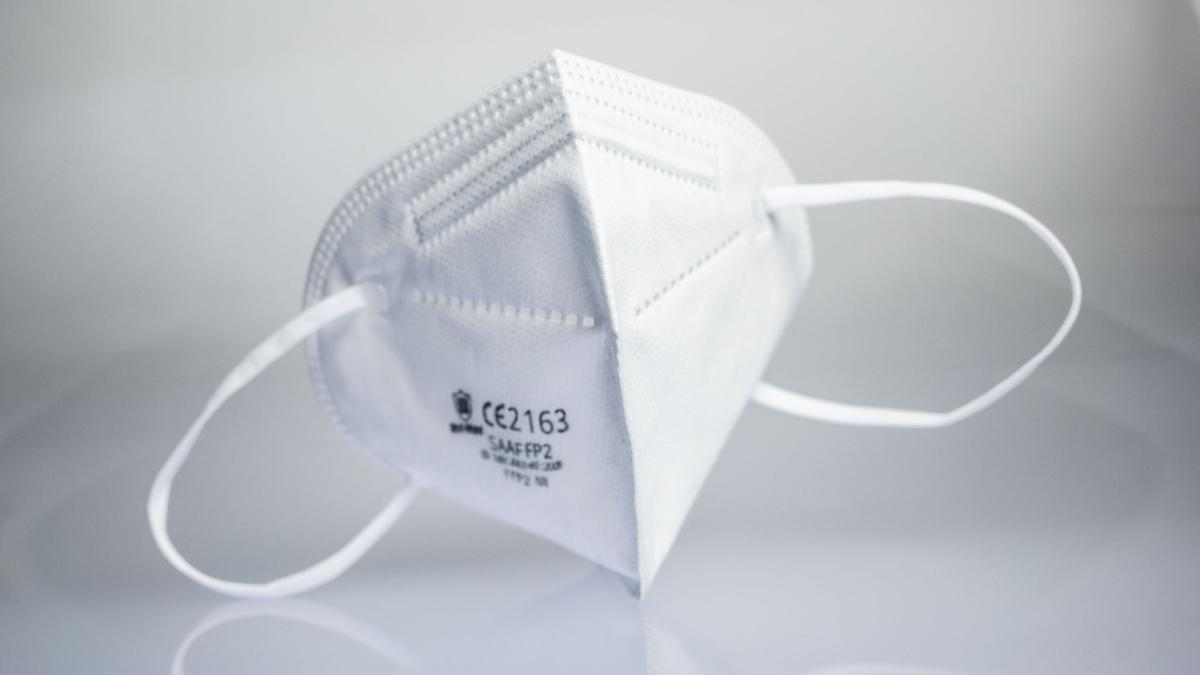Jakarta, CNBC Indonesia – 2023 will be a very challenging year for the world economy. However, the Indonesian stock market is expected to continue to grow positively.
RHB Sekuritas Indonesia research chief Andrey Wijaya said the Jakarta Composite Index (IHSG) is expected to face high volatility during the first half of 2023. JCI’s volatility will be due to the weakening rupee currency and fears of a global recession that will still haunt the first quarter of 2023.
“However, we remain optimistic that the JCI at the end of 2023 will be positive with a target index of 7,450,” it said in its official statement on Tuesday (3/1).
RHB Sekuritas Indonesia head of institutional equities Michael Setjoadi said investors are required to monitor factors affecting market volatility.
These factors, such as expectations of a slowdown in Indonesia’s economic growth rate of 4.1% in 2023, the potential drop in global commodity prices, especially coal prices, a rise in inflation that has reached 4.5% driven by rising fuel prices and an increase in the Fed interest rate to 5-5.25% in 2023 from 4.25-4.50% in 2022. This may continue the inflow of foreign funds that will add pressure to the exchange rate of the rupee against the US dollar.
“We are optimistic that JCI will strengthen in the second half of 2023 in line with improving macroeconomic conditions driven by a recovery in consumption levels and an increase in the minimum wage, as well as growth in the banking sector, metals and consumer goods,” he said.
According to him, the banking sector remains the sector most expected to have higher earnings growth than other sectors, due to healthy credit growth from the working capital, consumer and investment segments.
“Net Interest Margin growth may not be as rapid as last year, but we estimate asset quality will improve as Loans at Risk and NPLs decrease (Non-performing Loans), as well as costs of credit (cost of credit). ) which will decrease together with an adequate coverage ratio LAR (Loan at Risk),” explained Michael.
Another booster for JCI is the metal mining sector, particularly nickel, as well as support sectors such as shipping and transportation which will benefit from the operation of a new smelter in late 2023 and 2024.
“We estimate that consumption will recover in the second half of 2023, due to the positive impact of rising wages, the impact of inflation which is starting to fall and people’s purchasing power usually improves before the election year. In addition, a decrease in raw material prices can also reduce production costs and standard material costs,” he said.
However, he continued, investors need to pay attention to the JCI’s potential for decline and volatility in the first half of 2023. From a stock technical analysis perspective, the underlying assumptions indicate that the JCI has the potential to decline to of JCI 6,500 in H1-2023 due to uncertain macroeconomic conditions which will increase market volatility.
Investors are advised to take a bottom-up approach with a Buy On Weakness strategy on large market capitalization stocks with good fundamentals.
“We estimate that the JCI will turn bullish again in the second half of 2023 with the JCI target of 7,450, in accordance with the RHB Sekuritas Indonesia research team’s goal using the underlying assumption that the 2024 P/E ratio both 11.3x (-1.5x the average standard deviation of five last year), as well as 2023-2024 JCI net income growth of 7.1-8.2%,” it said.
As for the main sectors and stocks that can be observed in 2023, from the financial sector there are BBRI and BBNI, the mining sector has INCO, the oil and gas sector has PGAS, the shipping sector has PSSI and TPMA and the consumers has MYOR and ROTI.
Next article
JCI Exits 7,100 Level After Philippine Stocks Fall 4%
(robbery/dhf)


